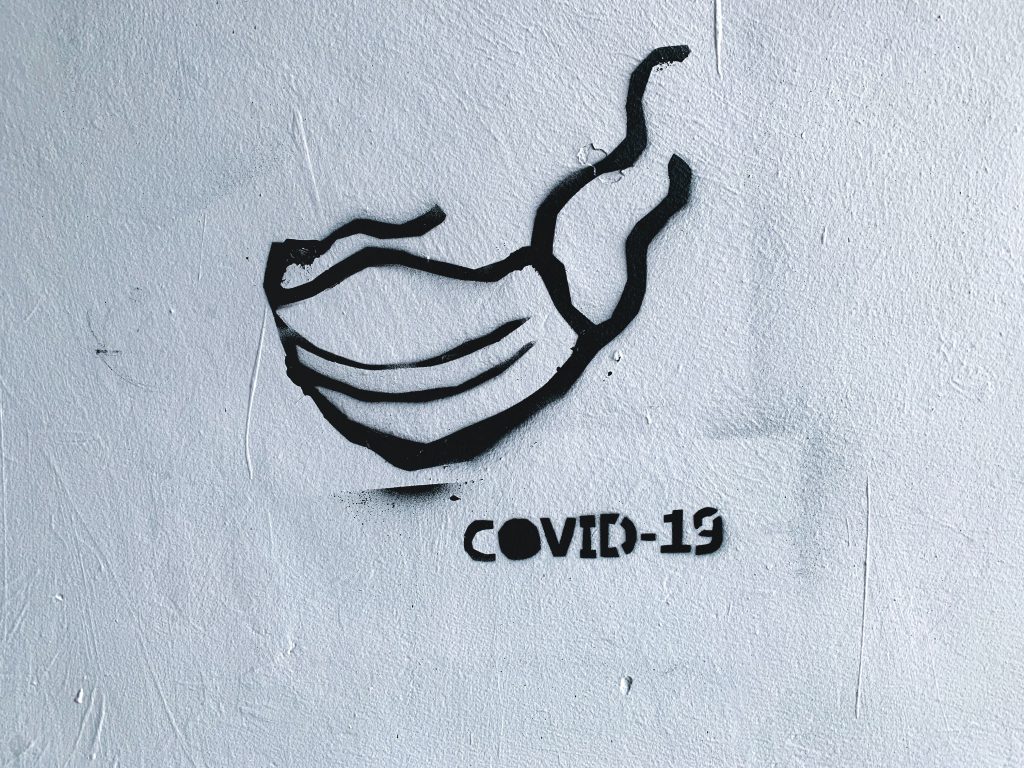The number of new COVID-19 cases spiked in April, in Italy and elsewhere. It was clear that the country was facing a new wave of infection. As with previous spikes, the effects were all-pervading. Here is a look at how to deal with the medical, economic, and other outcomes of the new wave.

Coping
COVID-19 cases in Italy hit their highest levels while manufacturing problems caused vaccines to reach Italy slower than expected. By April 2021 the total number of coronavirus cases in Italy had surpassed 4 million. Around 439,000 of these were active cases. The number of people who recovered after contracting the virus stood at 3.4 million. The statistics paint a picture of how Italy has coped.
The vaccine situation
More than 19.4 million Italians have been vaccinated. Concerns over reported side effects of the AstraZeneca vaccine prompted Italy’s health regulator to suspend a batch. Even so, there was no evidence of a link between the vaccine and blood clots. Head of the agency at the front line of Italy’s vaccination, Fabrizio Curcio explained that trust is important right now. What happened with AstraZeneca has weighed not only because of delays, but also because public trust is vital.
Economic matters
The public debt in Italy is the highest in Eurozone after Greece. At the end of 2020 Italy’s debt stood at a record 155.6% of GDP. It is forecasted to climb to 159.8% this year, the highest in Italy’s post-war history. A study published by leading Italian merchant bank Mediobanca said that during the lockdowns, the worst impacted sectors were airline, manufacturing (22.1%), energy (15.9%), fashion (14.1%), and automotive (9.1%). Tourism, which represents 13% of Italy’s GDP, was decimated. Vast numbers of migrants live and work in Italy. These expat professionals regularly send remittances back to their home countries via the Ria Money Transfer App and similar channels. The COVID-19 crisis has been a blow to remittances flowing from Italy.
The government’s recovery plan
Italian Prime Minister Mario Draghi unveiled a EUR 222.1 billion program. It would address the damage caused by COVID-19, as well as Italy’s long standing economic issues. Grants and loans from the EU should help spur growth in Italy after a GDP contraction of 8.9% in 2020.
Euro News said in April 2021 that EUR 22.4 billion is aimed at “social inclusion” type of investments. These programs are meant to boost training and employment for women. The programs will help cities improve access and opportunities for disabled people. Italy’s plan is to direct 40% (EUR 68.6 billion) of the grants to green investments. These will include recycling, overhauling public transport systems for lower emissions, and reducing water waste through improvements to waterways.
EUR 1.9 billion will be spent to spiff up dilapidated school buildings and get them better wired. Part of the spending will be to revamp the higher education curriculum to encourage more students to pursue higher degrees.
EUR 18.5 billion will be invested in healthcare. It aims to reinforce the general medicine and preventive care provided at the local level, with a strengthening of home care and telemedicine. The Italian government also announced placing 70,000 extra police officers on surveillance nationwide to enforce the new lockdowns.
How to deal with the new wave
The WHO criticized Europe’s “unacceptably slow” vaccine rollout, and said the situation in the region is now worse than it has been for several months. WHO regional director for Europe, Hans Kluge said that vaccines are the best way out of the COVID-19 pandemic. He urged nations to speed-up the vaccination process by ramping up manufacturing, reducing barriers to administering vaccines, and using every last vial in stock. Kluge asserted that as long as vaccine coverage remains low, lockdowns will have to be imposed s to compensate for the delays.
According to CNN, vaccination must be carried out in parallel with safety measures. The more the virus circulates in the population, the higher the chance of it mutating further. People must be patient. We must focus on our health and safety. The general public has to be determined to fight the third wave. Passerini, the mayor of Codogno expressed determination to win the battle against COVID-19. He said that Italy will beat COVID-19 in 2021, and when this is finally done, there will be huge celebrations.
About the author:
Hemant G is a contributing writer at Sparkwebs LLC, a Digital and Content Marketing Agency. When he’s not writing, he loves to travel, scuba dive, and watch documentaries.

